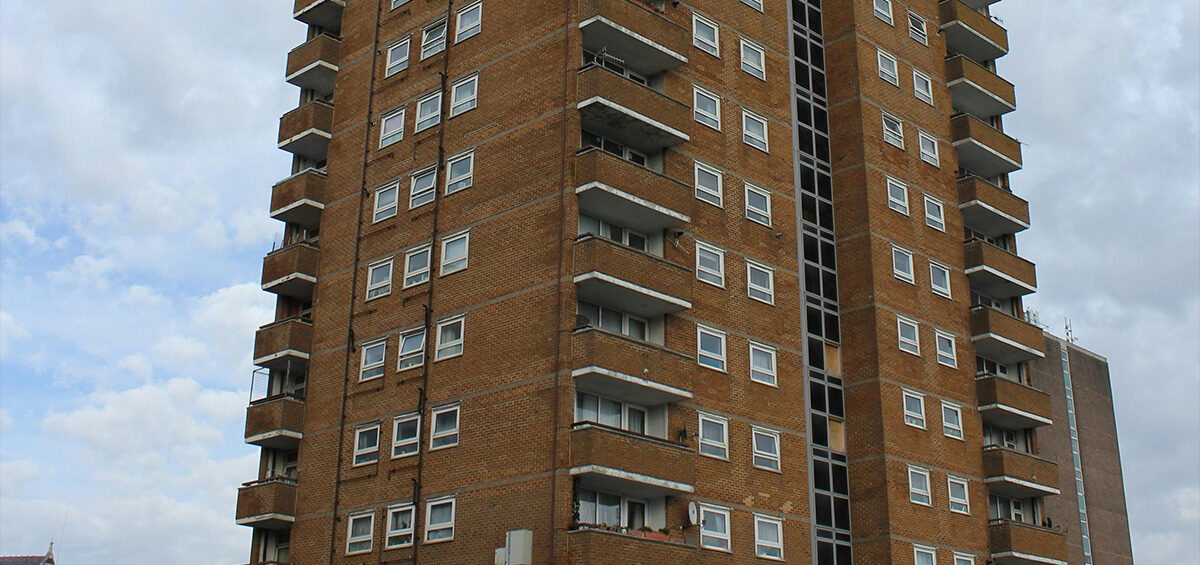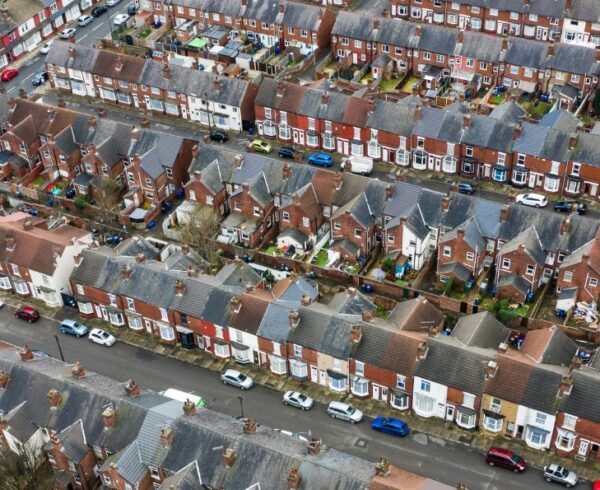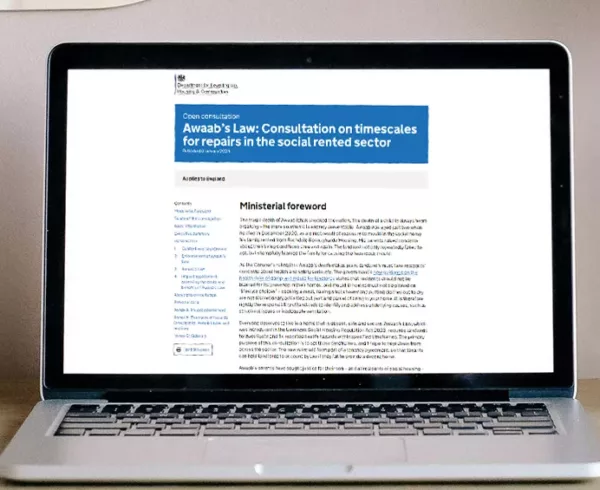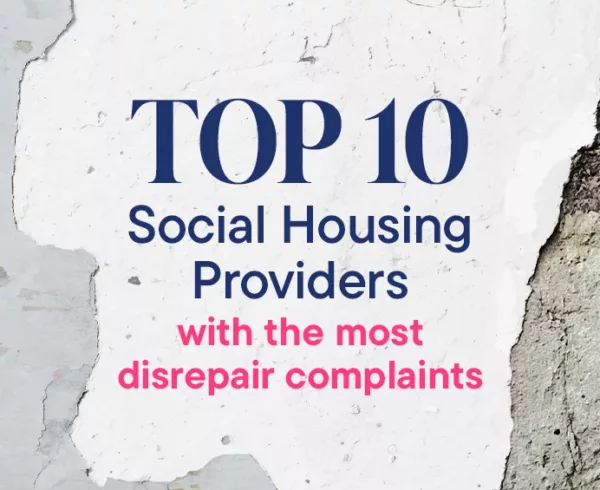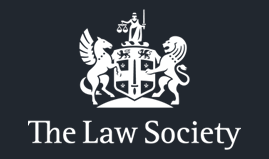The introduction of Awaab’s Law is an important step forward in ensuring safe and healthy living conditions in social housing.
For too many years, tenants have reported problems like dampness, mould, and leaks, but often faced long delays or nothing happened when they complained.
Awaab’s Law changes that. It sets clear legal duties for social housing providers to investigate and fix serious problems within specific time frames, offering tenants the protection and accountability they deserve.
In this blog, we will explain what Awaab’s Law means, how it impacts both landlords and tenants, and what steps you can take if you are living in a home that needs repairs.
An Overview of Awaab’s Law – What Is It?
Awaab’s Law is an important new law created to better protect people living in social housing from unsafe conditions, especially mould and dampness. The law is named after Awaab Ishak, a two-year-old boy who sadly died in 2020 after being exposed to mould in his home for too long.
The law sets clear rules for landlords, requiring them to respond quickly to reports of dangerous living conditions and to fix problems within a certain time.
Its main goal is to stop accidents like Awaab’s from happening again and to make sure landlords are responsible for keeping their properties safe and suitable to live in.
What Actions Will Landlords Need to Take?
Under Awaab’s Law, landlords who manage social housing must respond quickly when tenants report serious problems like mould, dampness, leaks, or health risks.
These new laws outline clear deadlines for landlords to investigate these issues and carry out any needed repairs:
1. Emergency hazards:
It must be investigated and actioned within 24 hours of the landlord becoming aware of the issue.
2. Significant hazards (such as damp and mould):
It must be investigated within 10 working days of the landlord becoming aware of the potential hazard.
A written summary of the investigation’s findings must be provided to the tenant within 3 working days of the investigation concluding.
3. If the investigation confirms a significant hazard, the landlord must:
Ensure the property is made safe (using temporary measures if necessary) and commence any required works within 5 working days of the investigation’s conclusion.
If it is not possible to begin work within 5 working days, work must be started as soon as possible and within 12 weeks at the latest.
4. Completion of repairs:
Repairs must be completed within a reasonable time period, depending on the nature and complexity of the work.
5. Alternative accommodation:
If the property cannot be made safe within the specified timescales, the landlord must offer suitable alternative accommodation at their expense until repairs are complete
If they don’t follow these rules, regulators may take action against them, or tenants could take legal steps. Basically, this law encourages landlords to focus on tenant safety and to stop postponing important maintenance work.
What Does This Mean For Tenants?
For tenants, Awaab’s Law is an important improvement in housing rights and safety. It means that tenants should no longer have to wait months for serious problems to be fixed.
If you live in social housing and report a serious issue, your landlord is now legally required to respond within a fair and understandable time. The law gives tenants the right to insist on safe living conditions and provides a way to hold landlords responsible if they don’t do their part.
When Will This Law Take Effect?
Awaab’s Law will be slowly introduced to the British public in several phases over the next few years:
Phase 1:
- This will begin on 27th October 2025 for the social rented sector.
- From this date, social landlords are required to fix urgent hazards, like damp and mould, that could seriously affect tenants, within set time limits
- For example, emergency repairs need to be done within 24 hours, and other serious problems like dangerous damp and mould must be checked and resolved within agreed timeframes.
Phase 2:
In 2026, the regulations will be extended to cover additional hazards, including:
- Excess cold and heat
- Falls (on stairs, between levels, etc.)
- Structural collapse, explosions, fire, and electrical hazards
- Hygiene and food safety hazards
Phase 3:
- In 2027, the law will expand to cover all remaining hazards listed in the Housing Health and Safety Rating System (HHSRS), except for overcrowding.
Private Rented Sector:
- The government has indicated plans to extend Awaab’s Law to the private rented sector through future legislation, following consultation to ensure the approach is workable for both tenants and landlords.
Key Takeaways
- Awaab’s Law was introduced following the tragic death of Awaab Ishak due to prolonged mould exposure.
- Social housing landlords must now respond to reports of hazards like damp and mould within strict timeframes.
- Tenants gain stronger rights, with improved protections and legal recourse if their home is unsafe.
- Enforcement will begin once the government introduces the full regulations in October 2025.
Are You Living in Disrepair? Contact CEL Solicitors Today!
If you have been experiencing any issues with housing disrepair or have informed your landlord to no avail, CEL Solicitors can help.
Even before the full implementation of Awaab’s Law, landlords are obligated under the Landlords and Tenants Act of 1985 to make sure that your living conditions do not cause you harm.
Contact CEL Solicitors today, and we will help you claim if you feel like you have been unfairly treated or ignored by your landlord. Furthermore, we go above and beyond to ensure you have help if a previous claim has not been actioned.
You can read more about what services are available from us and exactly what you can claim against here. Alternatively, you can get in touch with us at 0330 822 3752 or use the contact form on our website.


